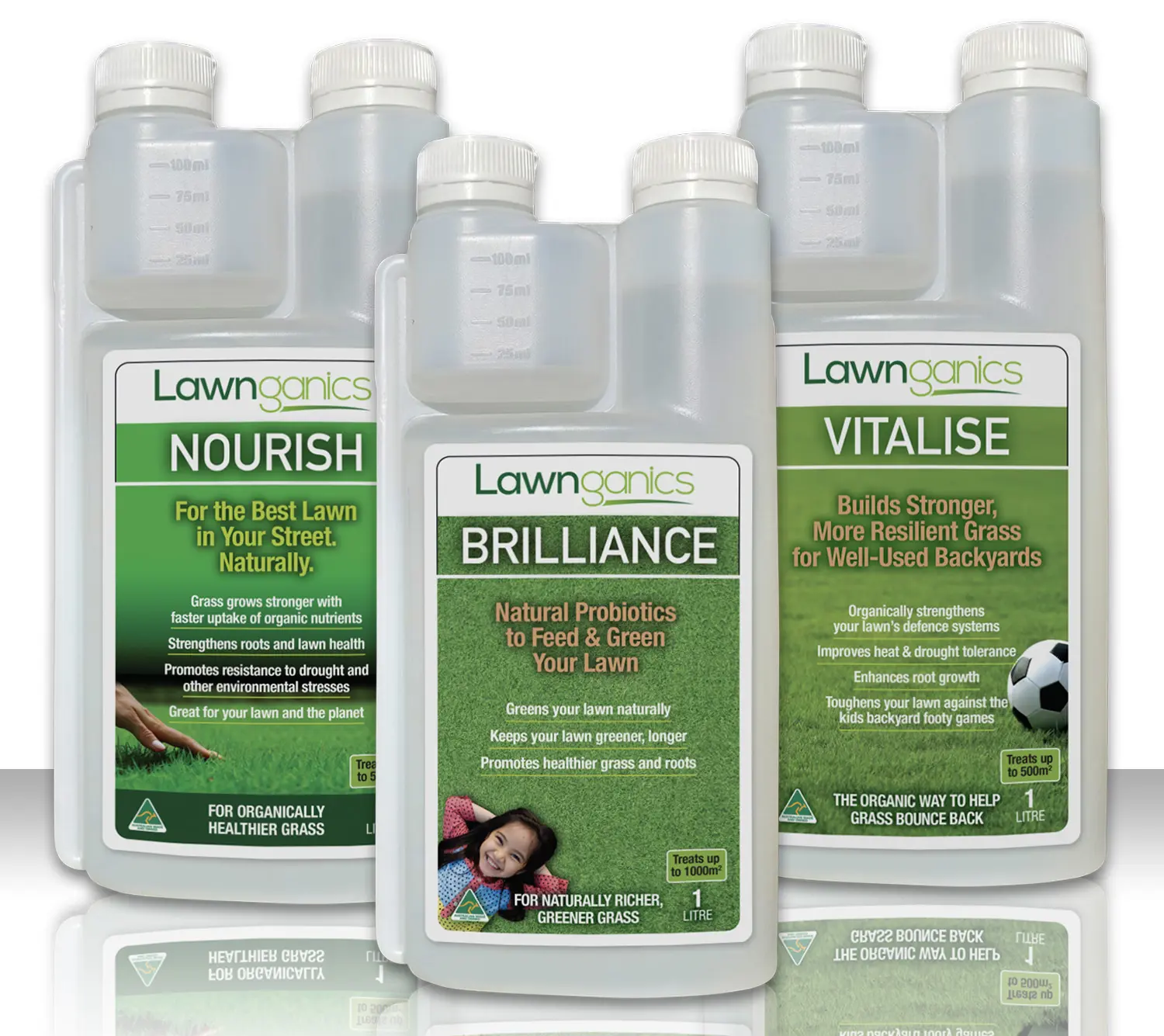Why Lawn Frost Protection Is Important
Frost can damage the leaf tissue of warm-season grasses like couch and kikuyu, causing browning, thinning, and long recovery times. Protecting against frost helps maintain visual appeal and overall turf health. In some regions of Australia, frost can strike several times each winter, and while it may melt by mid-morning, the damage it causes can linger well into spring if not managed properly.
The combination of cold air, moisture, and exposed leaf tissue makes your lawn vulnerable. By taking proactive steps, you can greatly reduce the negative effects and maintain a healthy lawn even through the coldest months.
How Frost Affects Your Lawn in Australia
Frost forms when overnight temperatures drop low enough for the water inside or on top of grass blades to freeze. This ice expands and ruptures the plant cells, leading to visible damage and a slowdown in the lawn’s ability to photosynthesise. While this might not kill the grass outright, it delays recovery and weakens the overall turf structure.
Some areas, particularly inland and southern parts of Australia, experience heavier frost events than coastal or northern regions. However, all lawns in temperate zones should be considered at risk if night temperatures regularly drop below 4°C.
Signs of Frost Damage in Lawns
Frost damage may not be immediately obvious. Keep an eye out for:
- Silvery or purplish leaf tips in the morning that later turn brown
- Brown patches that appear days later, especially in exposed areas
- Spongy or wilted feel underfoot, indicating ruptured plant cells
- Increased presence of weeds in damaged spots due to weakened turf
Recognising these signs early allows you to take action to minimise long-term impact.
Lawn Frost Protection Strategies That Work
Here are proven strategies for reducing frost damage:
- Keep the grass longer: Mowing too short exposes the crown to frost. Taller grass acts as insulation.
- Avoid early morning traffic: Walking or mowing on frosted lawns breaks brittle leaves and increases damage. Wait until the sun melts the frost.
- Apply biostimulants: Strengthen turf cells with products like Lawnganics Vitalise to improve cold resistance.
- Use a pigment or colourant: Spraying a product like LawnPlay Deep Green creates a mild protective barrier, helping absorb sunlight and raise the leaf temperature slightly.
- Cover high-risk areas: In extreme cases, you can use frost cloths or lightweight sheets overnight.
Products That Help Protect Your Lawn from Frost
- Lawnganics Vitalise – Contains amino acids and seaweed to activate natural defences and stress responses.
- LawnPlay Deep Green – Offers cosmetic green colour while also helping absorb sunlight and buffer frost damage.
These products work best when applied proactively — ideally before a forecasted frost period begins.
Extra Care Tips During Cold Snaps
A few extra habits can make a big difference:
- Mow in the afternoon, not morning: Afternoon mowing avoids the risk of cutting frosted grass.
- Trim trees and shrubs: Letting in more sunlight during the day can raise soil and surface temperatures.
- Improve drainage: Wet, boggy lawns are more susceptible to frost. If water pools in certain areas, consider aerating and topdressing during spring.
Small actions done consistently through winter can greatly reduce damage and make spring recovery much smoother.
Preparing for Frost: What to Do Before It Hits
The best defence is preparation. In late autumn or early winter, make a checklist:
- Apply a plant strengthening tonic: Use Lawnganics Vitalise to boost internal strength.
- Apply pigment: Use LawnPlay Deep Green to build up protective cover.
These steps should be done ahead of a predicted frost event to maximise their effect.
Can You Repair Frost Damage? Here’s How
If your lawn has already suffered from frost, all is not lost. Follow these steps to repair and rejuvenate:
- Apply a biostimulant: Products like Lawnganics Vitalise help the lawn recover and promote new cell growth.
- Light watering in the morning: Gently watering in the early morning can help thaw frost more evenly and reduce stress. Be sure to do this as temperatures rise.
- Avoid mowing for a week or two: Let the lawn rest and avoid any additional trauma.
- Overseed damaged areas in early spring: If your lawn has thinned out, this is a good time to reintroduce seed to fill the gaps.
- Fertilise when temperatures warm: Use a balanced product like Matchplay Origin when the lawn starts growing again.
With patience and consistent care, most lawns bounce back well by early to mid-spring.
Regional Notes: Frost Risk by Area
- Southern states (VIC, SA, TAS): Higher risk, especially inland. Prepare early and apply pigment before the first frost.
- NSW & ACT: Medium risk, particularly in higher elevation suburbs.
- QLD (SE QLD hinterlands): Occasional light frosts. Spot care and biostimulants are typically sufficient.
- WA & NT: Rare frost risk, but shading and cool nights can still cause stress.
Understanding your regional climate will help you tailor the right frost protection strategy for your lawn.
Final Thoughts on Lawn Frost Protection
Lawn frost protection isn’t just about preventing brown spots — it’s about setting your lawn up for long-term success. Strong, resilient turf will be less prone to weeds and disease and will recover faster as the weather warms up.
A little bit of effort now pays big dividends when spring arrives and your lawn comes back healthier, thicker, and greener.
Stay proactive, stay observant, and give your grass the protection it deserves this winter.



